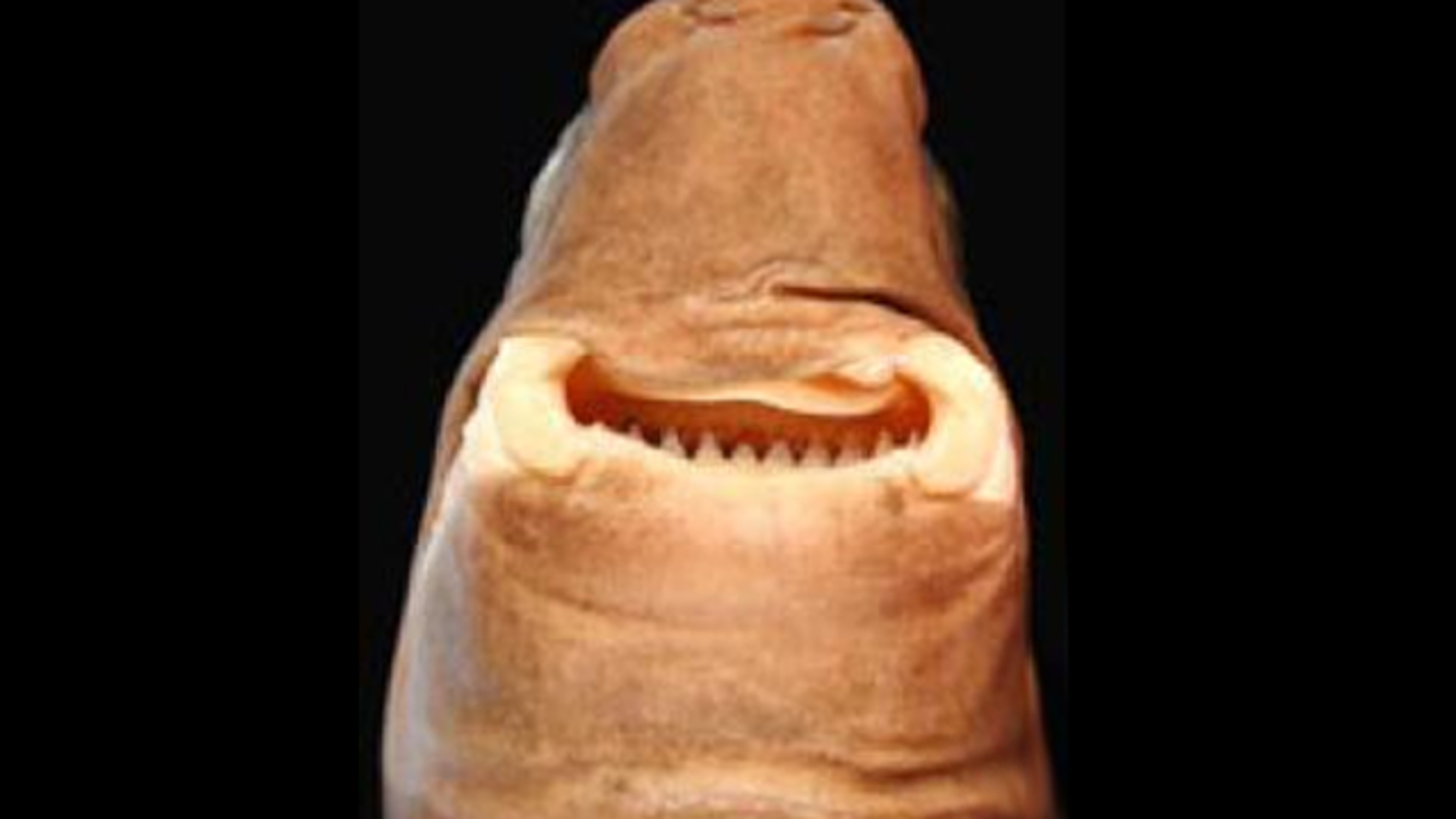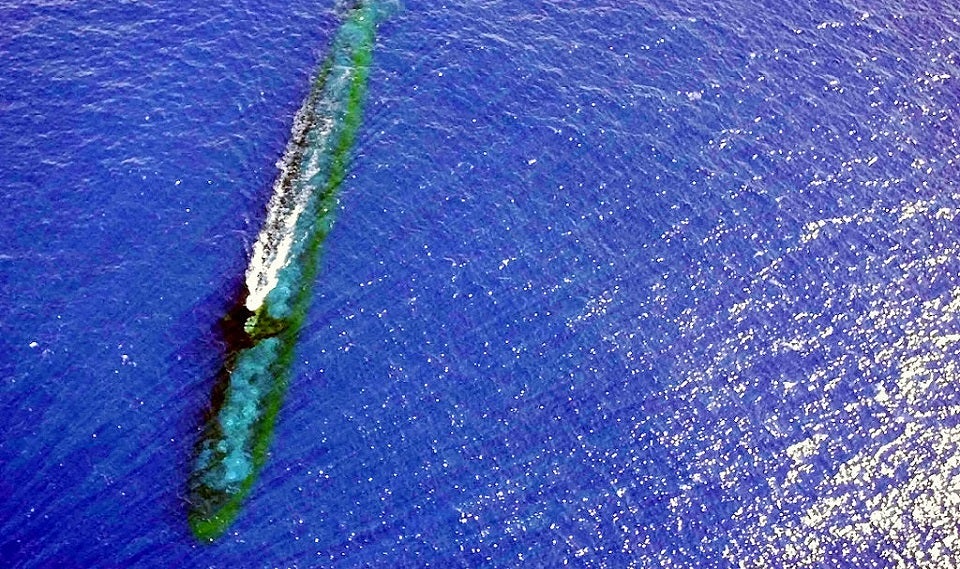

Talking about the cookiecutter shark, the name itself is enough to create curiosity.Ĭome on, get to the end of this hype and put an end to all this curiosity. As astonishing as the sharks are, their capabilities, physical characteristics, behavior, and habitat, each and everything make you wonder how marvelous sharks are.

More than 500 species of sharks can be observed in the ocean, and seeing any one of them proves to be an amazing experience. But where can you see the cookiecutter shark itself? For that, we must figure out where do cookiecutter sharks live? It’s possible that you’ve seen bite marks on the bodies of different marine creatures, including mammals, that may have been caused by cookiecutter sharks. These sharks are rarely encountered, are not illegally fished, and seem to have a stable population.Remember how we used to use a cookie cutter to cut biscuits or pieces of bread? Well, that’s exactly how the unique shark species gets its name known as the cookiecutter shark. The IUCN lists this species as “LC” or “Least Concern”. Males reach sexual maturity when they become 14 inches long, while females do so at 16 inches. Upon hatching, the young are fully developed and capable of fending for themselves. Like other small sharks, the cookie cutter is oviparous and lays eggs that hatch after 12-22 months. These sharks breed through internal fertilization, which involves the male inserting its claspers into the female’s cloaca to impregnate her. Dark collar-like bands that taper off are present on both sides of their throat, mimic a small fish’s silhouette luring prey towards them.The ganglion cells in the retina are focused concentrically, giving them the ability to focus on their prey.Unlike most other sharks, their cartilaginous skeleton is calcified, helping them to adjust to deeper waters while foraging for food.These sharks have a huge liver that covers 35% of their weight, letting them stay buoyant, reducing the need to swim constantly.It accomplishes this through the photophores present in their ventral regions. Cookie-cutter sharks have green bioluminescence, stronger than any other known shark, helping to disguise themselves.The tiny, upright upper teeth, and sharp lower teeth forming a saw-like cutting edge, help these sharks tear onto the flesh with ease.Their fleshy lips are large and suctorial, allowing them to attach themselves to their prey.

Some of the creatures that prey on them include other sharks and bony fish. Eric Schall, one of the victims, was severely wounded in his stomach. In 2019, these sharks reportedly attacked three swimmers on separate occasions while they tried to cross the Kaiwi channel. They then use their lower teeth to extract flesh, 2 inches wide and 7 inches deep, which they hold in place with their upper jaw, leaving behind a circular wound in their victims.Ĭookie-cutter sharks are generally not deadly to humans due to their small size, but there have been several biting incidences. The sharks attach themselves to their prey with the help of their lips.


 0 kommentar(er)
0 kommentar(er)
